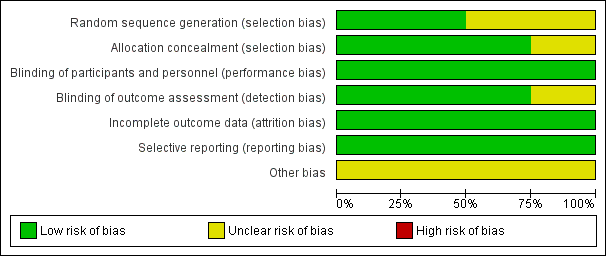Contenido relacionado
Revisiones y protocolos relacionados
Diebrecht Appelen, Eva van Loo, Martin H Prins, Martino HAM Neumann, Dinanda N Kolbach | 26 septiembre 2017
Joanne R Morling, Cathryn Broderick, Su Ern Yeoh, Dinanda N Kolbach | 8 noviembre 2018
Joanne R Morling, Su Ern Yeoh, Dinanda N Kolbach | 8 noviembre 2018
Ashwin Sachdeva, Mark Dalton, Timothy Lees | 3 noviembre 2018
Muhammad S Sajid, Mital Desai, Richard W Morris, George Hamilton | 16 mayo 2012
Sarah L Knight (nee Shingler), Lindsay Robertson, Marlene Stewart | 16 julio 2021
Mike J Clarke, Cathryn Broderick, Sally Hopewell, Ed Juszczak, Anne Eisinga | 20 abril 2021
Jin Min Zhao, Mao Lin He, Zeng Ming Xiao, Ting Song Li, Hao Wu, Hua Jiang | 22 diciembre 2014
Susan R Kahn, David R Morrison, Gisèle Diendéré, Alexandre Piché, Kristian B Filion, Adi J Klil‐Drori, James D Douketis, Jessica Emed, André Roussin, Vicky Tagalakis, Martin Morris, William Geerts | 24 abril 2018
Shahab Hajibandeh, Shahin Hajibandeh, George A Antoniou, James RH Scurr, Francesco Torella | 21 noviembre 2017




